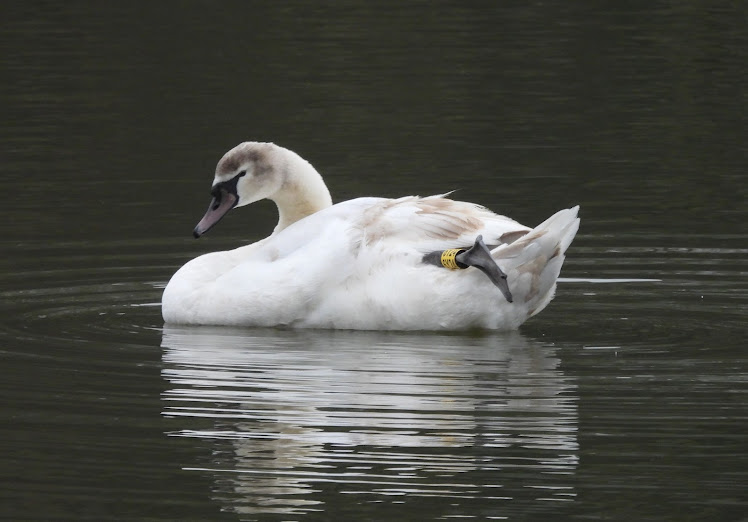Knapweeds
Betony
The most obvious insects on site are, of course, the butterflies. This year doesn't appear to be great for butterflies, but I still managed to spot the following species: Meadow Brown (10+), Large White (1), Comma (1) Green-veined White (1) and Small Tortoiseshell (1).
Meadow Brown on knapweed
Comma
Small Tortoiseshell
One species of damselfly; Common Blue Damselfly, and 1 species of dragonfly; Brown Hawker, were seen. The hawker was flying and feeding over the banks, while the damselflies, including young ones (tenerals), adults and pairs "in tandem" were all over!!
Common Blue Damselflies "in tandem"
The final two group of insects, the hoverflies and bumblebees, were also present in good numbers. I identified Red-tailed, White-tailed and Common Carder Bumblebees.
The hoverflies are a bit trickier(!), but I think I managed to identify five different species, none of which have English names. There were: Eristalsis pertinax, Eristalsis tenax, Eristalsis horticola (known collectively as Drone Flies), Myathropa florea and a Syrphus species, possibly Syrphus ribessi. Please let me know if you think otherwise.
Eristalsis pertinax
Eristalsis tenax
Eristalsis horticola
Myathropa florea
Syrphus ribesii
Hopefully, these photos will inspire you to stop and have a look at the many hoverfly species that can be found on a sunny day. If you would like a good field guide, have a look at this one here, it's very informative, with super photos and explanations about the different species.












No comments:
Post a Comment